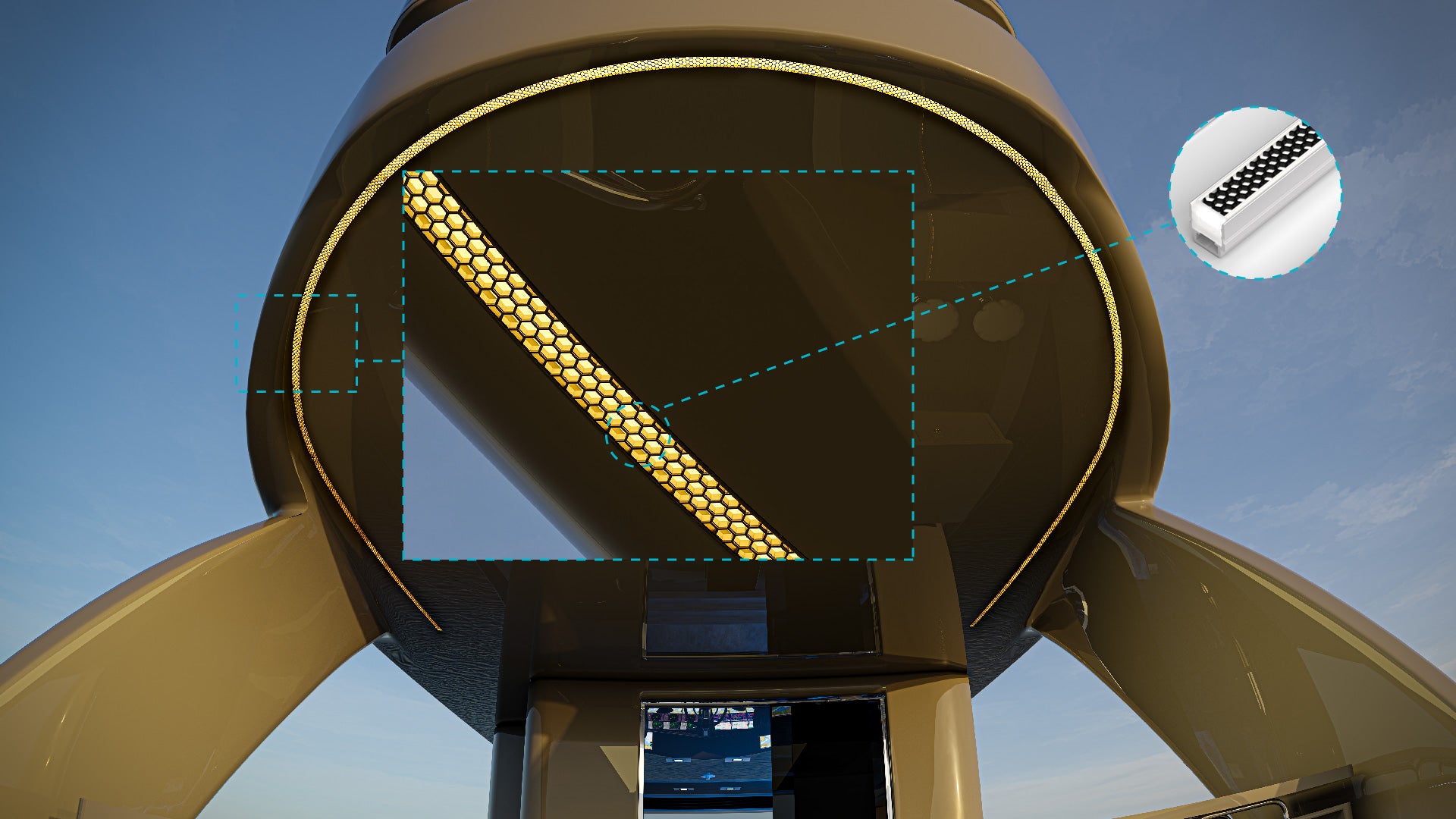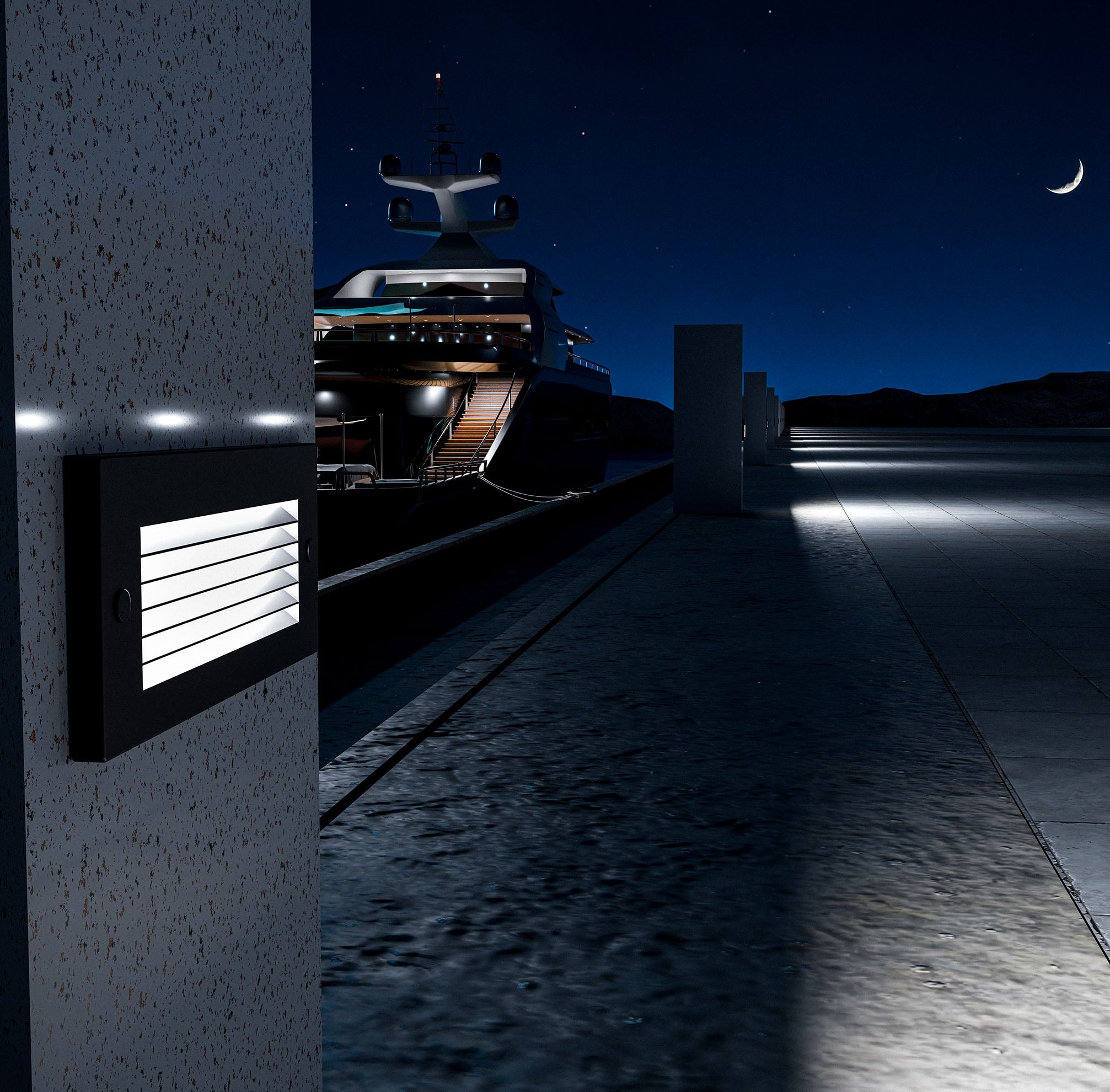Non turtle friendly lights lead to light pollution, an often-overlooked environmental challenge, poses a significant threat to marine ecosystems worldwide. This phenomenon, characterized by excessive artificial light infiltrating natural habitats, disrupts the delicate balance of life, especially for nocturnal and crepuscular species. Among the most affected are sea turtles, ancient mariners that have navigated the world's oceans for millions of years. For these creatures, non turtle friendly lighting pollution is not just a nuisance; it's a barrier to survival.
Sea turtles, particularly hatchlings, rely on natural light cues to find their way to the ocean upon emerging from their nests on sandy beaches. Artificial lighting, emanating from coastal developments, confuses these young turtles, drawing them away from the sea and toward danger. This misdirection increases their vulnerability to predators, dehydration, and vehicular accidents, significantly reducing their chances of survival.
Addressing the issue of light pollution is not merely a matter of conservation concern but a critical step towards sustainable coexistence with our planet's marine life. Innovations in lighting design and technology, such as those developed by K2 Lighting, offer a beacon of hope. By creating turtle-friendly lighting solutions, K2 Lighting is at the forefront of efforts to mitigate the impact of artificial light on sea turtles, paving the way for a brighter, more sustainable future for these ancient creatures.
The Plight of the Sea Turtles
The life cycle of sea turtles is a remarkable journey of survival, spanning decades and thousands of miles across the world's oceans. It begins on sandy beaches, where female turtles come ashore to lay their eggs in carefully dug nests. After incubation, which lasts about two months, the hatchlings emerge, usually under the cover of darkness. This first journey from nest to sea is critical; it's when hatchlings orient themselves and head toward the ocean, guided primarily by the natural light horizon over the sea.
Sea turtles' dependence on natural light for this initial navigation is deeply ingrained in their biology. The contrast between the darker silhouette of the landmass and the lighter horizon of the ocean guides them to safety. However, the introduction of artificial lighting along coastlines has severely disrupted this natural guidance system. Bright lights from homes, streets, and commercial establishments attract the hatchlings inland, away from the ocean. This misguidance leads to what scientists call "disorientation" or "misorientation," where instead of moving toward the safety of the ocean, the hatchlings head toward danger.
The consequences of this disruption are dire. Misoriented hatchlings are at a significantly higher risk of predation by birds, crabs, and other nocturnal predators. They can also die from dehydration or exhaustion as their tiny reserves of energy are spent wandering aimlessly. Furthermore, those that stray onto roads face an increased risk of being struck by vehicles. Each of these factors contributes to a dramatic increase in mortality rates among hatchlings, threatening the survival of sea turtle populations. Given that sea turtles have a low survival rate from hatchling to adulthood under natural conditions, the additional mortality from artificial lighting exacerbates the challenges these species face in reaching maturity and reproducing.
The impact of light pollution on sea turtle hatchlings underscores a critical environmental challenge. The artificial lights that mark human progress and development inadvertently pose a threat to these ancient mariners' very existence. Addressing this issue requires a nuanced understanding of sea turtle biology and the ecosystems they inhabit, coupled with concerted efforts to develop and implement lighting solutions that minimize harm to these vulnerable marine creatures.
Understanding Turtle-Friendly Lights
Turtle-friendly lights are designed with specific characteristics in mind to minimize disruption to sea turtles' natural behaviors, particularly during the critical hatchling phase when they are most vulnerable to disorientation caused by artificial lighting. The key features of turtle-friendly lighting include wavelength, intensity, and directionality.
Wavelength
The color of the light, or its wavelength, is crucial. Research indicates that sea turtles are less attracted to and less disturbed by light at certain wavelengths. Turtle-friendly lights typically emit long-wavelength light, around 560 nanometers or more, falling into the amber to red spectrum. These wavelengths are less visible to sea turtles, thereby reducing the likelihood of hatchlings being drawn away from the ocean.
Intensity
The brightness of the light is also reduced in turtle-friendly lighting solutions. Lower intensity lights minimize the impact on hatchlings by reducing the glare and the spread of light that can lead to disorientation. By dimming the lights, we can significantly lower the chances of hatchlings mistaking artificial light sources for the natural horizon.
Directionality
The focus and direction of the light are engineered to limit the spread of light towards the beach. Turtle-friendly lighting is designed to illuminate only the necessary areas, keeping beaches dark and less distracting for hatchlings. Shielding and proper positioning of lights ensure that the light does not spill over into sensitive habitats.
The science behind turtle-friendly lighting is grounded in understanding the visual systems of sea turtles. Sea turtles' eyes are more sensitive to shorter wavelengths, such as those produced by conventional LED or fluorescent lights. By shifting to wavelengths that sea turtles perceive less, we can significantly reduce the impact of artificial lighting on their natural behaviors.
K2 Lighting's Innovative Solutions
At K2 Lighting, our commitment to conservation and sustainable development has led us to pioneer a range of turtle-friendly lighting products. Each product is the result of extensive research and development, aimed at crafting lighting solutions that meet human needs while protecting our marine counterparts.
Product Innovations
Our lineup includes low-intensity, amber-colored marine LED lights that are specifically designed to be non-disruptive to sea turtles. These products adhere to the guidelines set forth by wildlife conservation authorities, ensuring they are effective in reducing hatchling disorientation. Our lights are equipped with shielding and directional capabilities that focus light where it's needed, minimizing spill-over into turtle nesting beaches.
Technology and Research
The development of our turtle-friendly wavelengths is backed by rigorous scientific research. We collaborate closely with marine biologists and conservation scientists to understand the impact of artificial lighting on sea turtles. This partnership allows us to refine our products continually, ensuring they are both effective for human use and minimally invasive to wildlife.
Partnerships and Collaborations
K2 Lighting is proud to work alongside various conservation groups and research institutions. These collaborations extend beyond product development, involving community education initiatives, beachfront lighting audits, and participation in conservation projects. Our goal is to foster a shared commitment to protecting marine life, encouraging the adoption of turtle-friendly lighting across coastal communities.
Through innovative product design, science-based approaches, and collaborative efforts, K2 Lighting is leading the way in reducing light pollution and its effects on sea turtles. Our commitment to sustainability and conservation is embedded in every light we produce, illuminating paths for humans while safeguarding the journey of sea turtles to the ocean.
The journey towards marine conservation is complex and multifaceted, with the protection of sea turtles emerging as a critical battlefront in the fight against environmental degradation. Turtle-friendly lighting emerges not just as a tool but as a beacon of hope in this endeavor, illuminating the path towards a more sustainable coexistence with our planet's ancient mariners. By mitigating the adverse effects of artificial lighting, these specialized solutions address a significant threat to turtle populations, ensuring that the crucial first steps of hatchlings lead them safely to their oceanic homes.
K2 Lighting stands at the forefront of this vital conservation effort, marrying innovation with responsibility. Through the development of cutting-edge, turtle-friendly lighting products, K2 Lighting has demonstrated a profound commitment to not only meeting human needs but also safeguarding the delicate balance of marine ecosystems. The company's role extends beyond the provision of technology; it is a catalyst for change, fostering partnerships, and encouraging community engagement in conservation practices.





